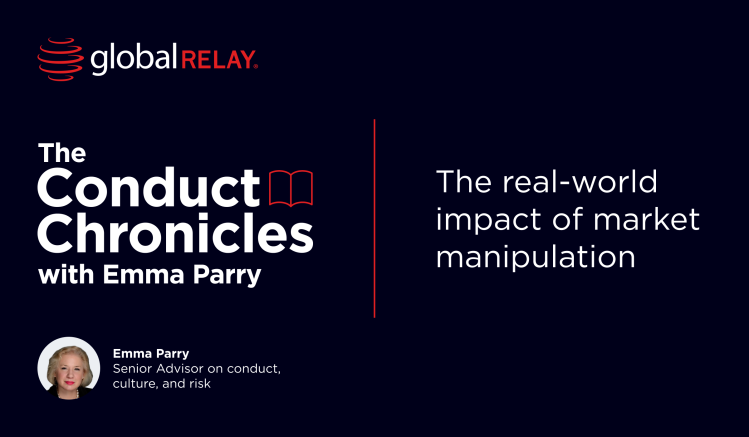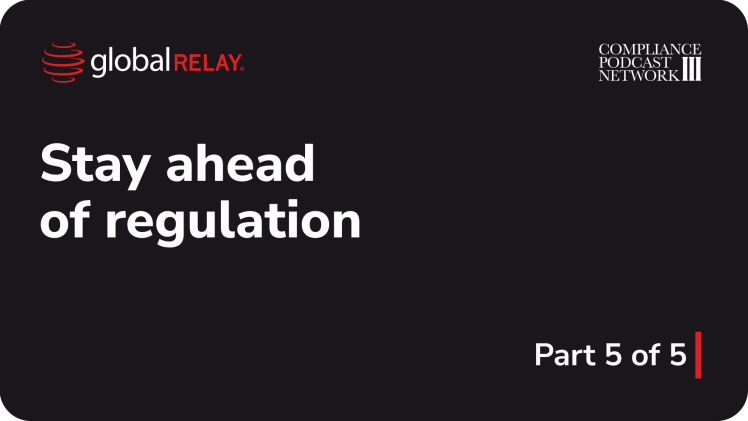Misconception 2: To improve your archive, you have to ‘rip and replace’ the entire system
According to Gartner in order to modernize your legacy archive, you’re going to have several options, including whether to rehost, re-architect, rebuild, or replace your system. Each will have its relative appeal based on a proportionate scale of associated costs, risks, and ultimate business benefits.
There is another option however — an incremental approach. It’s safe to assume that like most companies, you want to control costs and risks but gain optimal results. Instead of ripping and replacing your legacy system, consider making smaller but continual improvements.
How? First, don’t look at your legacy system as one that needs to be changed overnight. It’s an asset that you can leverage in your gradual modernization. According to Gartner, in many cases, 20% of the features of an old application or system cause 80% of the friction points. That means 80% of the system is still good. Hence, there’s usually no need to rip and replace.
Second, focus on your most critical pain points and address those first. For example, while the majority of your e-comms used to come via email and the corporate website, they are now also coming from LinkedIn, Twitter, Facebook, and Instagram, or perhaps even custom applications that your firm runs. They are arriving fast and furious from different directions, and you’re unable to capture them all effectively.
In this scenario, focus on creating the right infrastructure. Perhaps your email archive works, but it’s not appropriate for other types of e-comms. Don’t get rid of your email archive. Instead, pick an archive platform that can store and manage not only email data but also information from social media, collaboration platforms, and other channels. A robust platform will be able to easily migrate legacy data and connect all types of data, including voice and social media.
Some organizations think a modern e-comms archive is only for large firms with deep pockets. There are also companies that say they’ll just “wing it” with their incumbent archive because it “still works”.
But if you find yourself in either of these camps, you are missing out. A cutting-edge, digital first archive solution will help your organization adapt to an evermore dynamic and varied e-comms landscape, ensure compliance, and increase its readiness for audit and complex or time-bound data requests. An archive with robust built-in analytics tools can also offer you a wealth of information and insights into your organization, customers, suppliers, and other parties that are critical to your future success.






